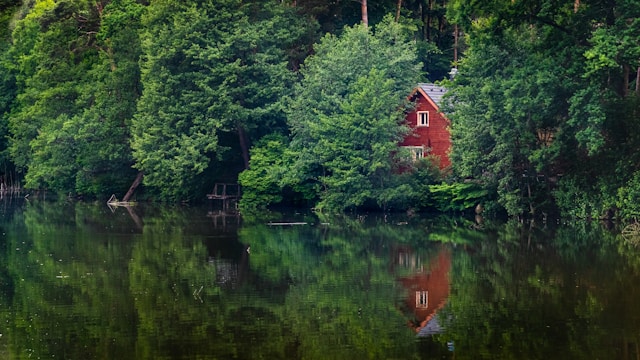Imagine arriving at the lake and finding not exclusivity, but community. The Canadian dream of owning a cottage along pristine shores has been drifting further out of reach, as rising prices and the gentrification of these cherished landscapes push buyers aside. Enter fractional ownership—a model quietly reshaping who gets to dip their toes in Ontario’s lakes.
Fractional cottage ownership, or co-ownership, has emerged as a direct response to the escalating costs and exclusivity taking root along Canadian waterfronts. This approach allows buyers to purchase a share—sometimes as little as one-tenth—of a coveted lakeside property, granting them time-limited access without the staggering upfront cost. For many, it’s the only way into a market that continues to climb. A recent Re/Max report signals a further 1.8 percent rise in recreational property prices for 2025, intensifying the squeeze.
Affordability, of course, is the catalyst. As the value of lakefront properties has soared, so has the sense of loss among communities watching family traditions vanish and local landscapes morph into playgrounds for the few. Co-ownership serves as a countermeasure, blunting the force of gentrification by welcoming a broader demographic—multigenerational families, retirees, and even groups of friends—back onto the docks. According to Realtor Mike Lange, the autonomy and reliability of co-ownership outpaces traditional timeshares, offering stability instead of uncertainty.
But the effect on gentrification isn’t one-dimensional. On the one hand, this model chips away at exclusivity, providing access to middle-income Canadians and slowing the takeover of lakes by elite investors. On the other, the lack of mortgages and potential for complicated legal agreements means barriers remain—fractional ownership isn’t a wholesale solution. Yet, as Don Smith’s experience shows, the value isn’t just financial. These shared spaces create new traditions, sparking a ripple effect that can fundamentally alter the character of lakefront communities.
Fractional ownership won’t dismantle gentrification overnight. But it’s shifting the balance, opening doors, and—if embraced responsibly—could preserve the spirit of Canadian cottage country for generations who’d otherwise settle for a distant view.
References:
Dreaming of a lakeside cottage but can’t afford it? Co-ownership could open that door

